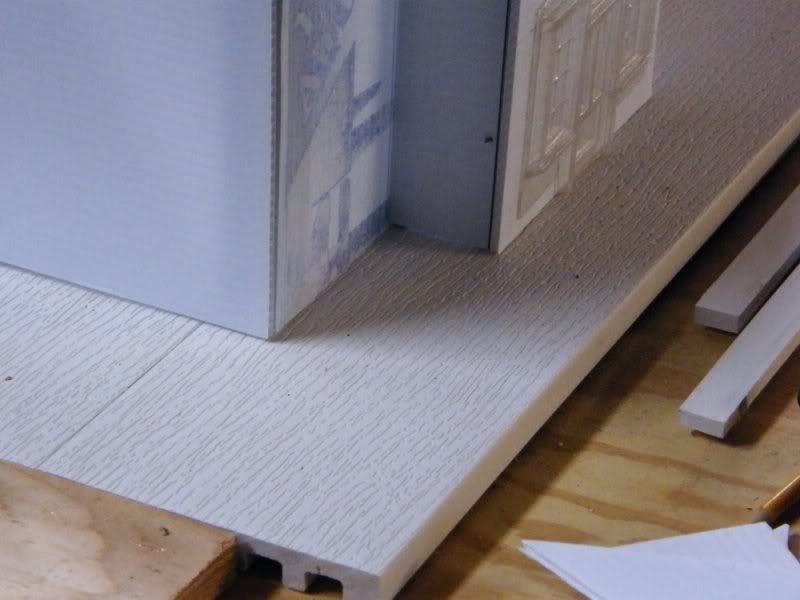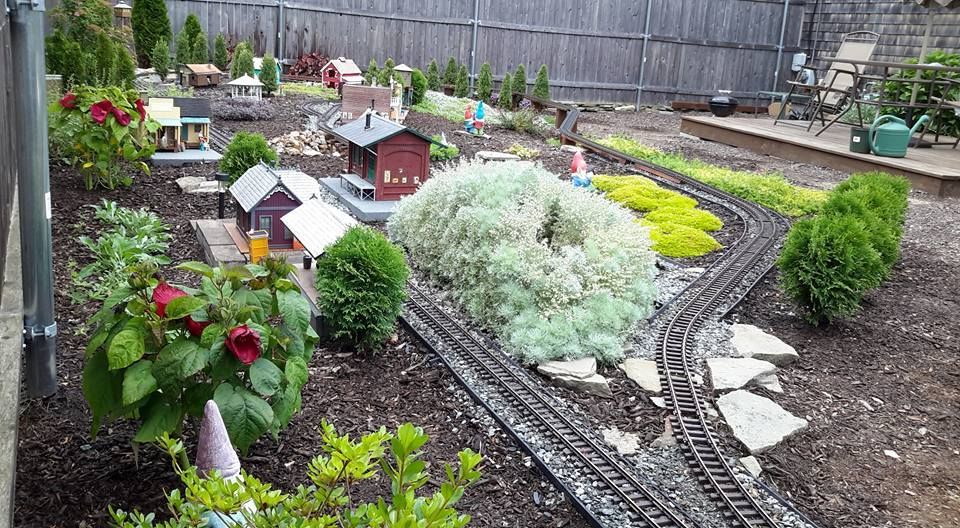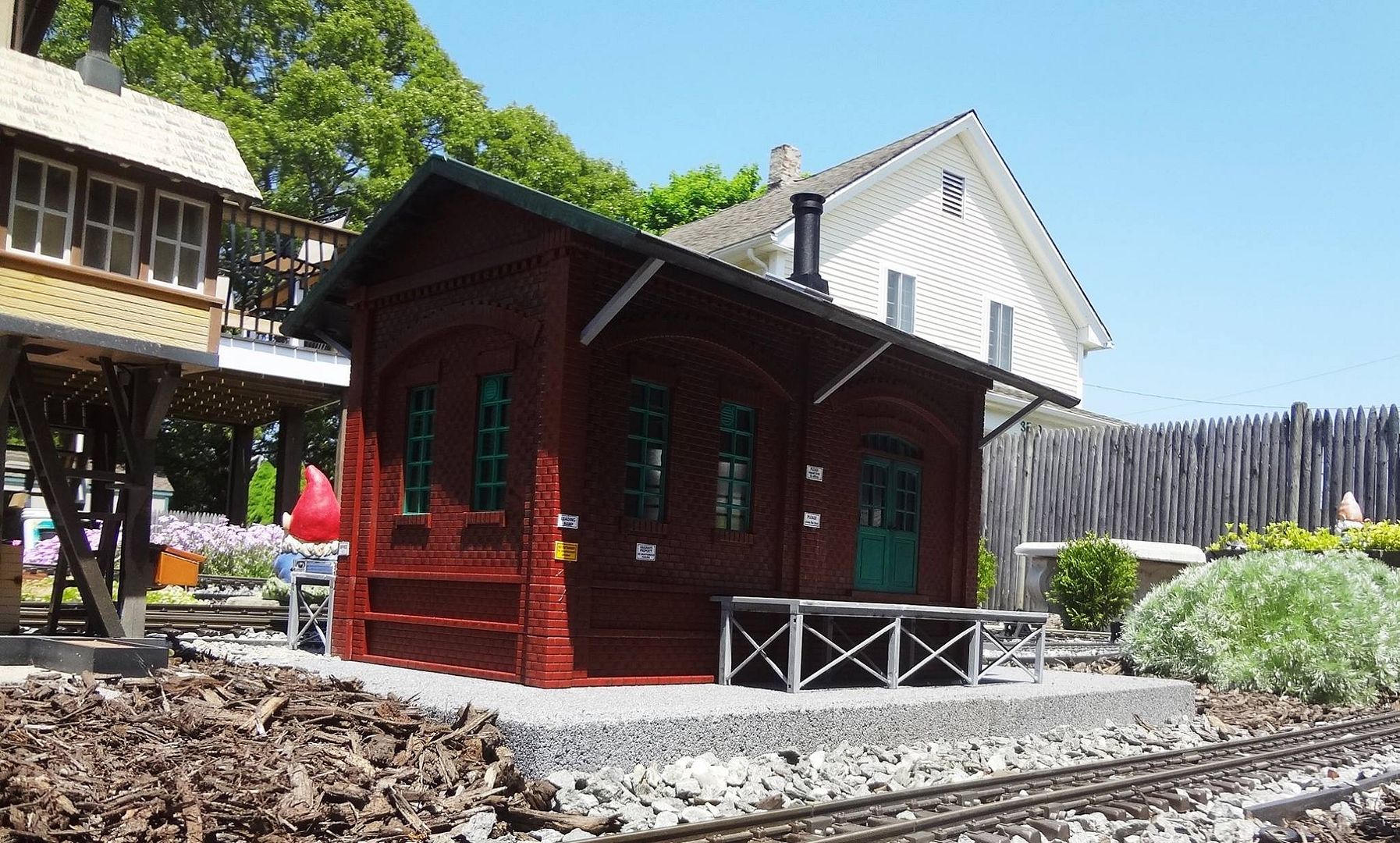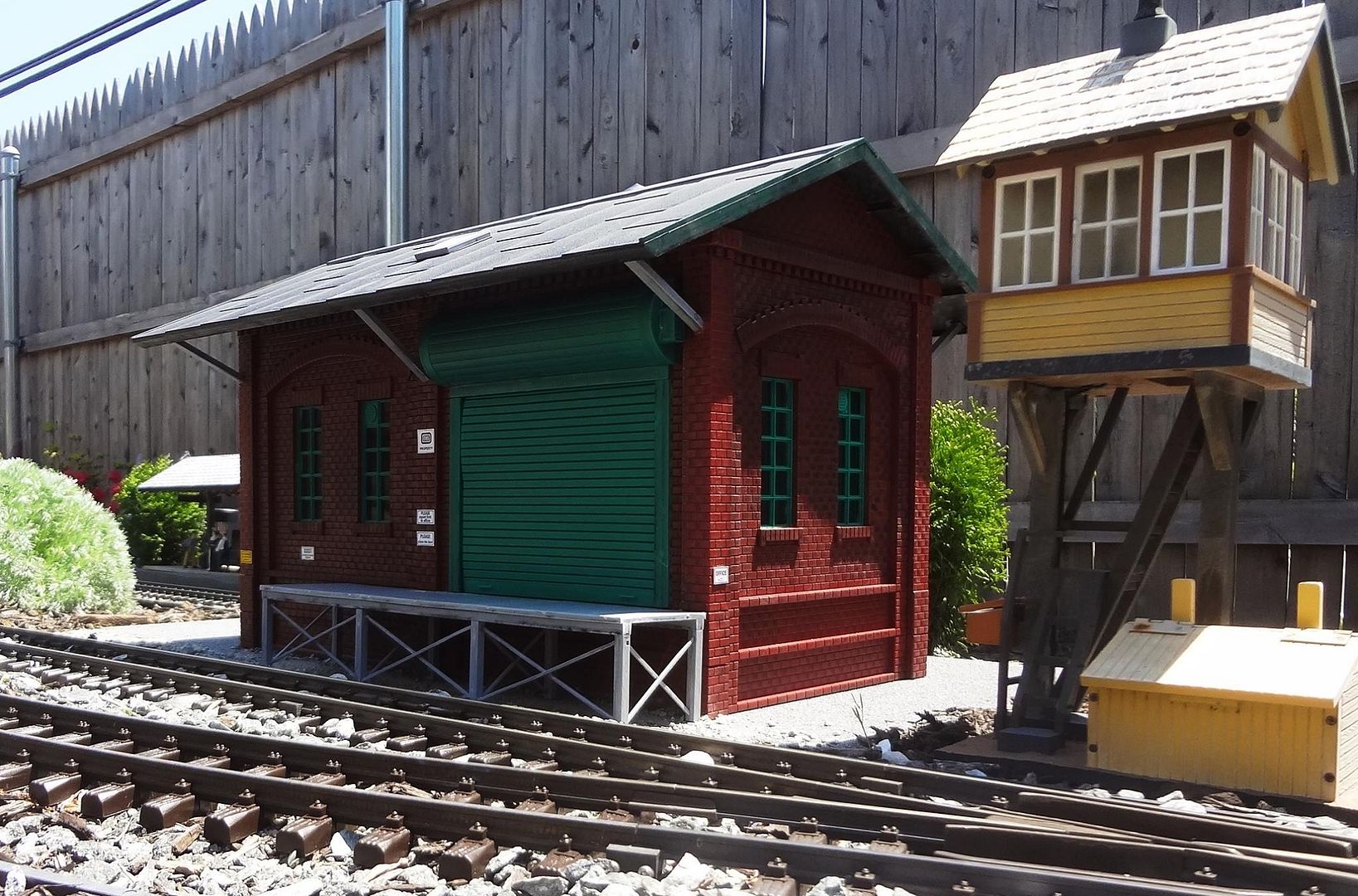I Had Hardiboad under my saw mill, and it cracked apart within a few years. Maybe if I had provided drainage, so that it didn’t get too wet, it might have survived. The soil here has a high clay content, so water doesn’t soak into it very well. A.K.A. poor drainage. I also had a blue foam arched bridge, and in 5 years or so it was really compromised. It seams that the ants around here just love to tunnel through it.
I poured a cement base, reinforced with hardware cloth, for my barn and trestle. Those cement pads are holding up really well. Longer then the Hadriboard or blue foam. They are inch and half to 2 inches thick, and the top surface of the one for the barn is nearly flush with the landscape. The one for the trestle was buried under broken shale for years, and is now buried under a layer of crushed limestone.





